Is AI Art Actually Art?
"His supporters criticized Anadol’s work, calling it a 'glorified lava lamp' and a 'half-million-dollar screensaver'"
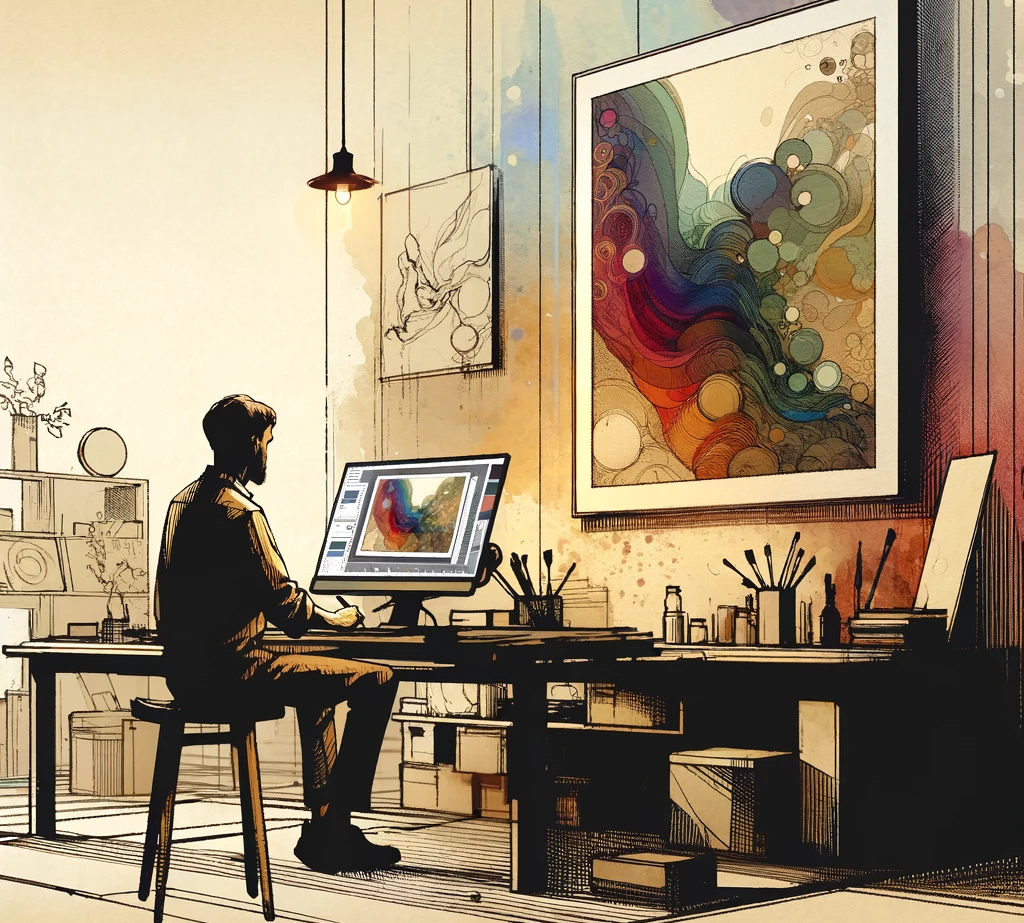
It began with a social media feud between New York Magazine art critic Jerry Saltz and AI artist Refik Anadol over the value of the AI artwork Unsupervised. The towering 24-foot-tall video piece at MoMA is perhaps the highest-profile example of AI art, and the controversy around it exposed escalating tensions between the art world establishment and tech world newcomers.
On one side of the debate, Saltz and his supporters criticized Anadol’s work, calling it a “glorified lava lamp” and a “half-million-dollar screensaver” that was “mildly entertaining for whole minutes at a time.” On the other side, Anadol and his defenders called Saltz and his ilk elitist, irrelevant, and ignorant. One commenter said that AI could write a better review than Saltz; another pointed out that Saltz doesn’t even have a data science degree!
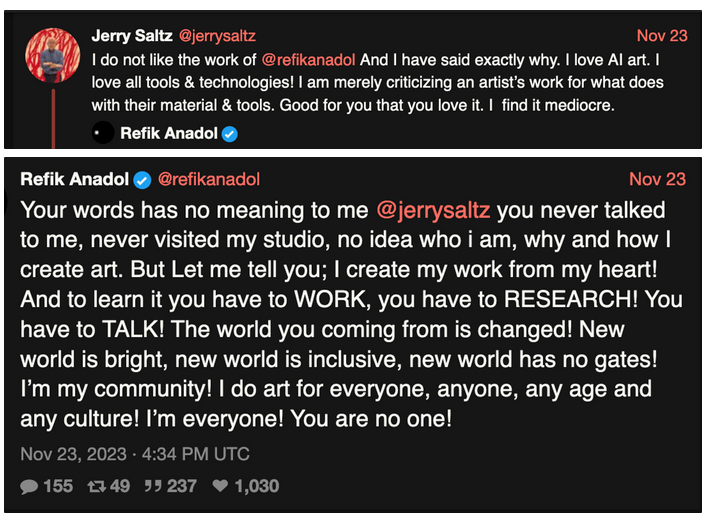
[At this point in an art review, I would normally describe, as objectively as possible, what the work looks like and how it was made. However, for reasons I will get into in Part 2, this is difficult to impossible to do with AI art in general, and with this piece in particular. In lieu of a description, I will — for now — give you a description from GPT4 at the bottom of this post — which is just as accurate as any I’ve seen.]
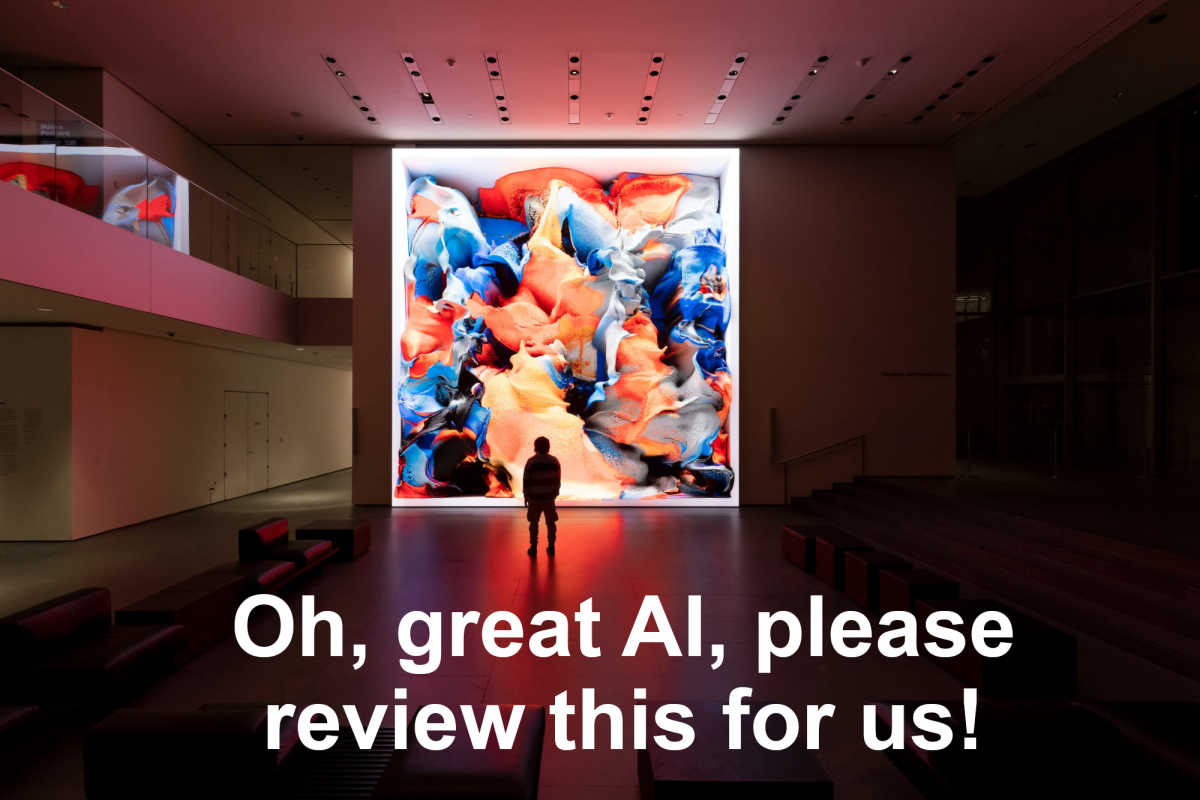
At the heart of this discourse are foundational questions for the field: What is AI art and who gets to define it?
On one hand, new art forms must begin with exploration and experimentation. Early adopters of photography, for example, strove to define what technically makes a good photograph, perfecting formal qualities such as contrast, and brightness. At the same time, the content of their work was often exploitative, and propped up existing power structures.
One instructive example: Eadweard Muybridge’s motion studies of a horse running paved the way for both photography and motion picture. They were also funded by Leland Stanford, who had bet a friend that when his beloved race horse Occident was running, all four hooves were, for a moment, suspended off the ground. Muybridge’s works are undoubtedly art-historically important. But are they art?
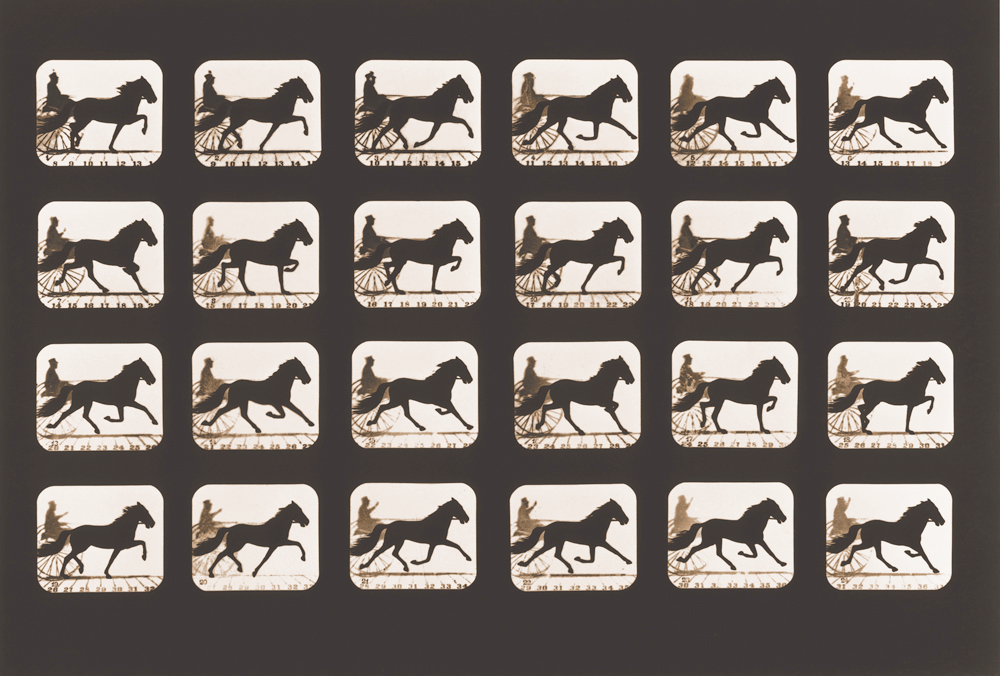
Prior to the 19th century art had a clear purpose — the glorification of church and state. Post-Renaissance European art also had a clear standard — aesthetically appealing, realist painting and sculpture. But the invention of photography rendered the pursuit of photo-realism trivial. This crisis of purpose birthed a new standard for modern art: It no longer had to be beautiful. (In fact, it was often better if it was not.) Instead, art needed to be critically engaged with its social and historical context.
A century ago, MoMA was instrumental in promoting this avant-garde definition of modern art and establishing photography’s place in the canon. At the time, the art establishment regarded photography with a combination of curiosity and horror, with the conservative flank proclaiming: 'it is not art!' and techno-optimists offering that it could be “a helpful tool” for painters to make paintings. (Sound familiar, anyone?)
The vision of MoMA’s collection, backed by the power of the Rockefeller name, reshaped the establishment’s answer to the question “is this art?” It also placed MoMA at the center of a new discourse on what constituted art in the 20th century.
With its investment in Unsupervised, MoMA is making a bid to stay relevant through another sea change in creative technology. Regrettably, and perhaps ironically, the museum chose to do so with a visually appealing, technically virtuosic work that glorifies its institutional patron without engaging critically with its social context.
Tucked in a second floor MoMA gallery, Kate Crawford and Vladan Joler's Anatomy of an AI system gained considerably less attention than the eye-catching Unsupervised in the lobby. This evocative, deeply-researched work traces the story of a single Amazon Echo from the mineral mines that produce the raw materials, to the low wage workers who label the training data, the water and electricity consumption that powers the GPUs, through to homes and landfills.
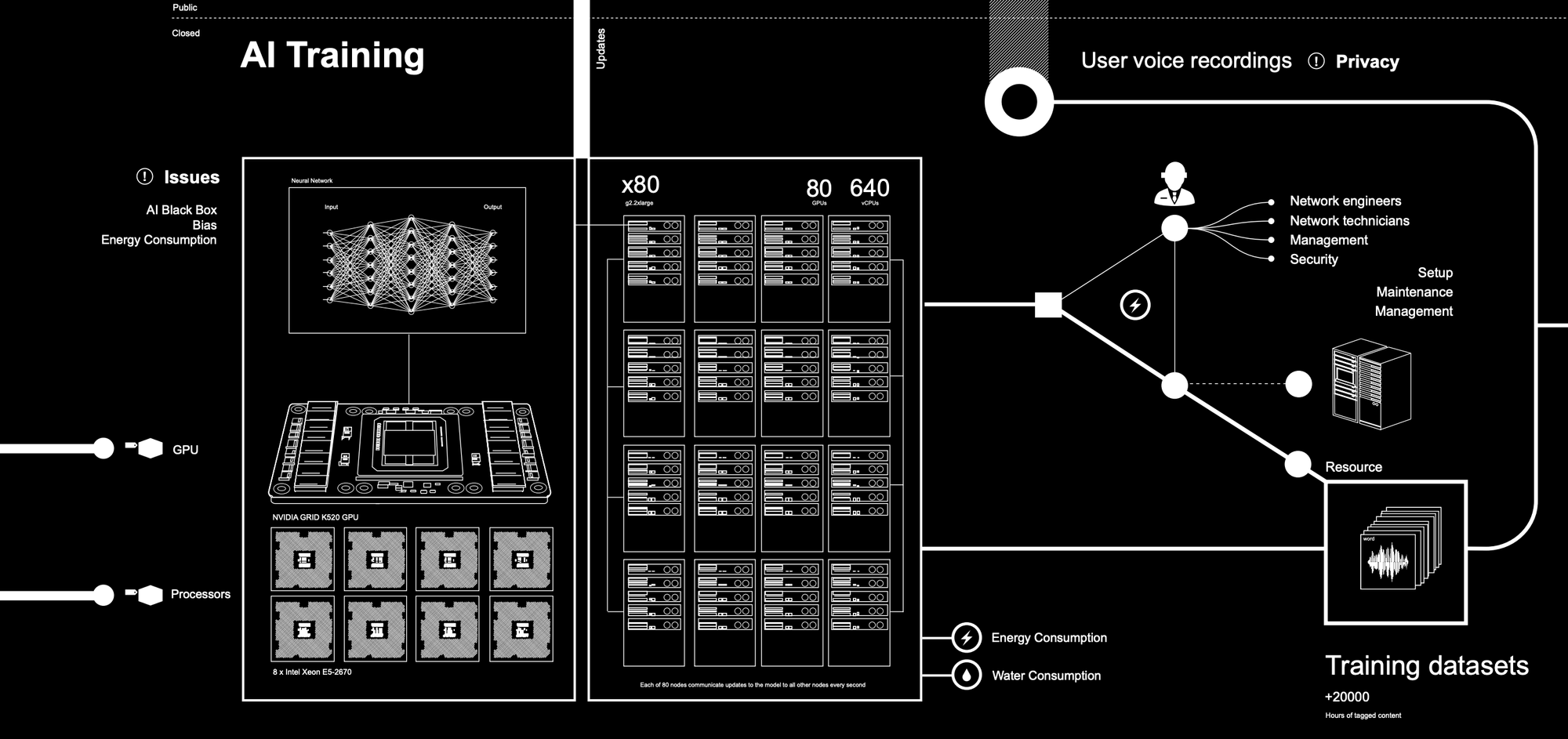
For those who stop to pay attention, Anatomy of an AI System offers an alternative — and to my mind more compelling — answer to the question “What is AI art?” It rejects the hype — no “interrogating the future of humanity” here — to reveal the sweat, metal, and petrol behind AI. Like Marcel Duchamp’s Fountain, it reshapes how one looks at a ubiquitous everyday object. It is, put simply, a work that understands the assignment of post-renaissance art.
Chat GPT4’s description:
Rafik Anadol is a media artist and director known for his pioneering work in the field of art and technology. "Unsupervised" is one of his notable works. Anadol utilizes machine learning algorithms, particularly Generative Adversarial Networks (GANs), to create his artworks. These algorithms process vast datasets, often composed of millions of images, to create visually stunning and unique pieces of art.
"Unsupervised" is a reflection of Anadol's interest in the intersection of artificial intelligence and art. In this work, he feeds large datasets of images into an AI, which then processes and reinterprets this data to create new, abstract visual experiences. The result is often a dynamic, mesmerizing display of colors and patterns that are both a representation of the AI's "learning" process and a new form of artistic expression.
The title "Unsupervised" likely refers to the type of machine learning used in the creation of the artwork. In unsupervised learning, an AI algorithm is given data without explicit instructions on what to do with it. The AI must then find patterns and relationships in the data on its own. This process mirrors the creative process of an artist, making the AI a sort of digital artist in its own right.
Anadol's work is significant in the way it challenges traditional notions of art and creativity, blurring the lines between artist and machine, and inviting viewers to reconsider the role of AI in creative expression.
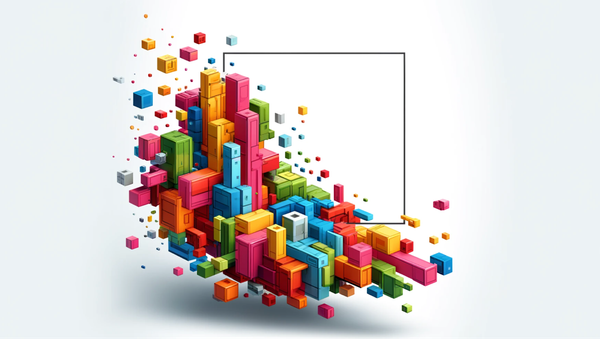
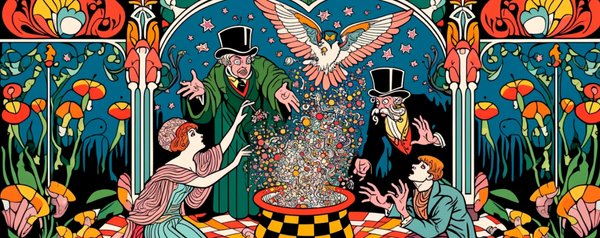
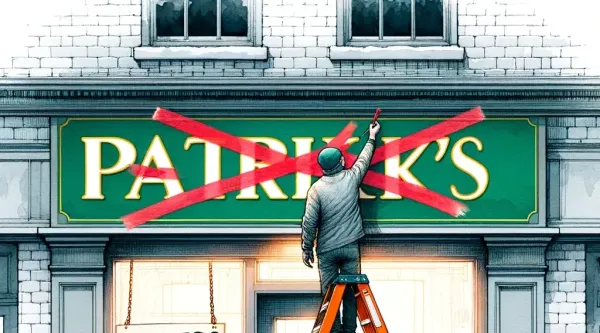

Comments
Sign in or become a Machines on Paper member to join the conversation.
Just enter your email below to get a log in link.